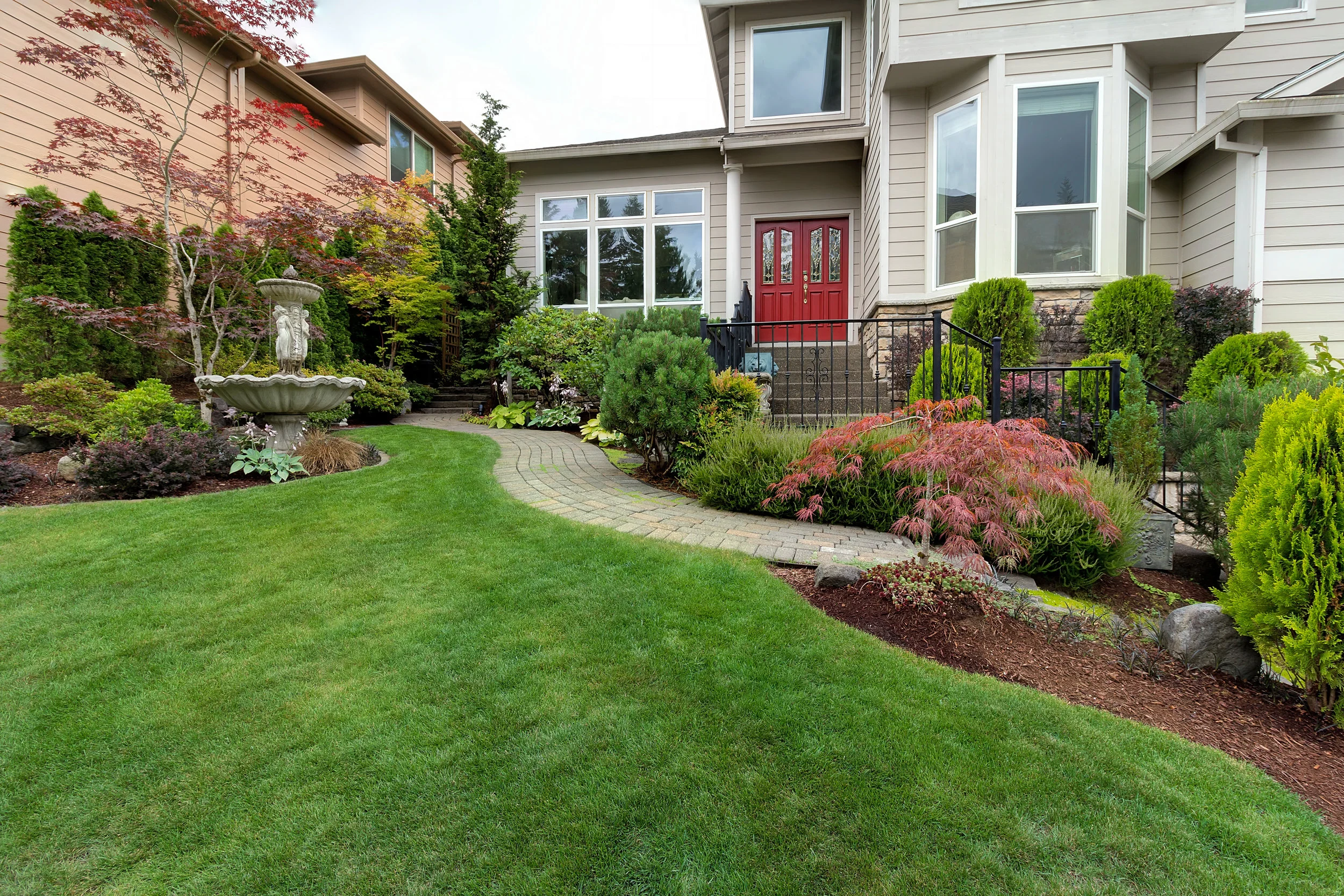A new septic tank can leave your Tarrytown, NY, in need of some new lawn and shrubs. Many homeowners want to landscape the area and hope they won’t have to worry about it again. But you should prepare for the fact that your septic system will require maintenance in the future. To ensure that possible future maintenance does as little damage as possible, follow these tips for landscaping around your new septic tank.
Location, Location, Location
When having a new septic tank installed, you may be tempted select an out of the way location. But before you sign off on where the tank will go, there are few things you should take into consideration.
Accessibility is very important when it comes to the location of your new septic tank. Both during installation, and when it comes time for maintenance, it’s crucial that septic trucks can safely and easily access your yard. Septic trucks are quite large and tall, and therefore require a large turning radius and high overhead clearance. They are also very heavy and should remain on hard surfaces, such as a driveway or roadway. In order to avoid the use of extra hoses, the septic truck should be able to come as close as possible to your septic bed.
Related: Septic Repair: How to Handle Septic Tank Flooding or Back Flooding
The location of your septic tank will also have an impact on the surrounding landscaping. Septic hoses are very heavy, so it’s best to avoid running them over landscaped ground if possible. You also want to have enough clearance around the septic bed so that plants won’t suffer damage during septic maintenance.
Choosing the Right Plants
The soil above the septic drain field is often different than the rest of your yard. To avoid roots that damage the septic system, plants with low water requirements should be chosen when landscaping around your new septic tank. Native ground covers and ornamental grasses are ideal since they generally don’t require much water. Avoid planting vegetables, and especially root vegetables that require a lot of water. Native plants also require less upkeep and will help reduce foot traffic around the septic system.
Trees and Shrubs
If your septic access cover is above ground, you may be looking for ways to hide it from view. Before planting anything too close to the septic bed, be sure to take future growth into consideration. As trees and shrubs grow, their roots can seek out water and make their way into the septic bed or tank. To avoid blockages or drainage issues, trees and shrubs should be planted a minimum of 20 feet away from the new septic tank. Varieties that are known to aggressively seek out water should be at least 50 feet away.
Mark the Lids
In some yards, the septic access lid is buried just below ground level. If this is case on your property, be sure to mark the location of the lid. This will ensure you can find the lid if your system requires maintenance and the hatch can be dug up. Avoid planting over the cover and consider moveable items such as a potted plant or a decorative urn to mark the location.
Related: Get Your Septic System Ready for Fall Showers with Septic Tank Installation in Croton-on-Hudson, NY
Irrigation Systems
An irrigation system can help maintain your landscape, but it can also cause issues with your septic tank. Water lines should be kept a minimum of 10 feet away from the septic system. And you should also avoid watering near the drain bed to prevent over saturation.


